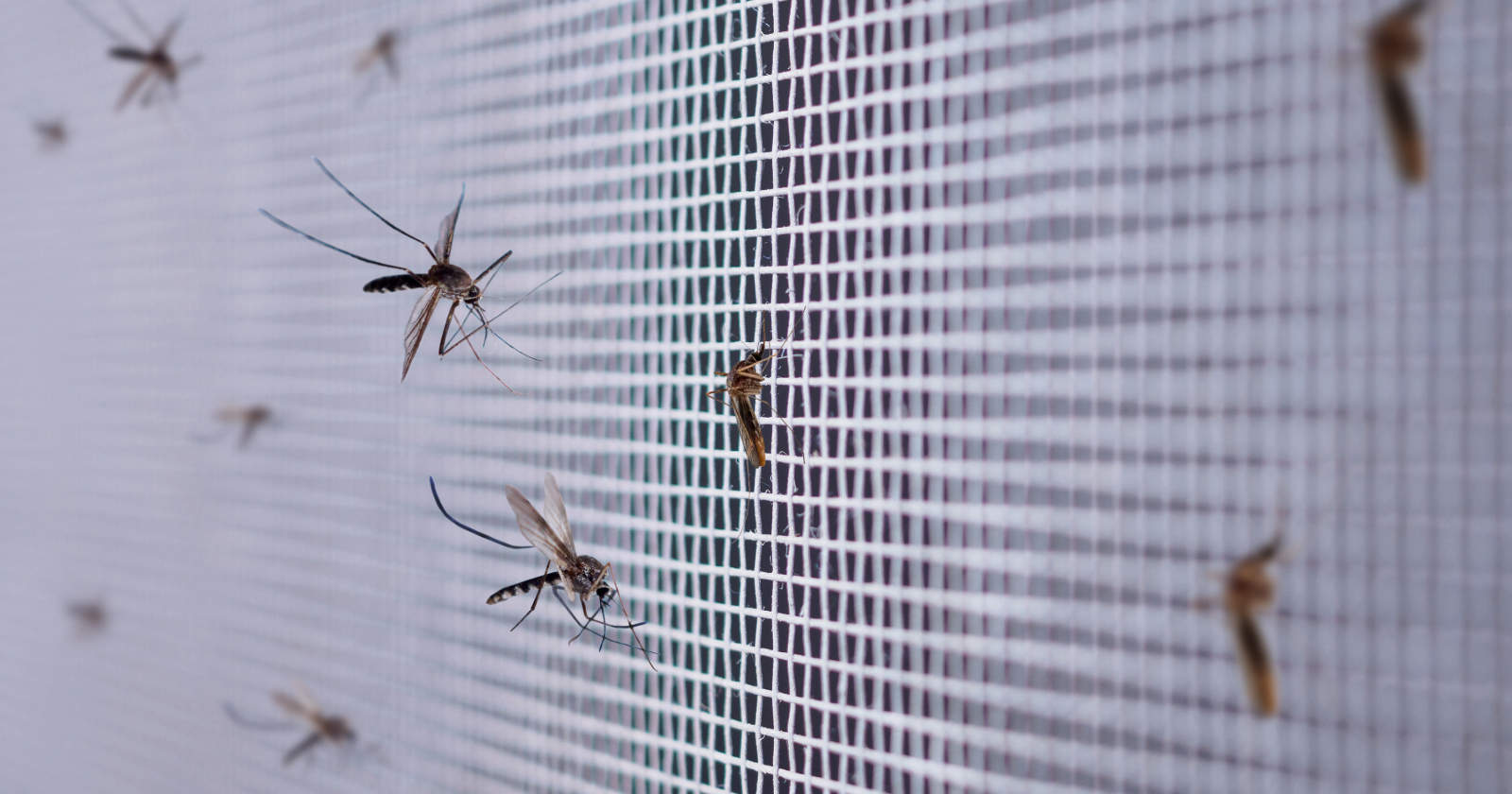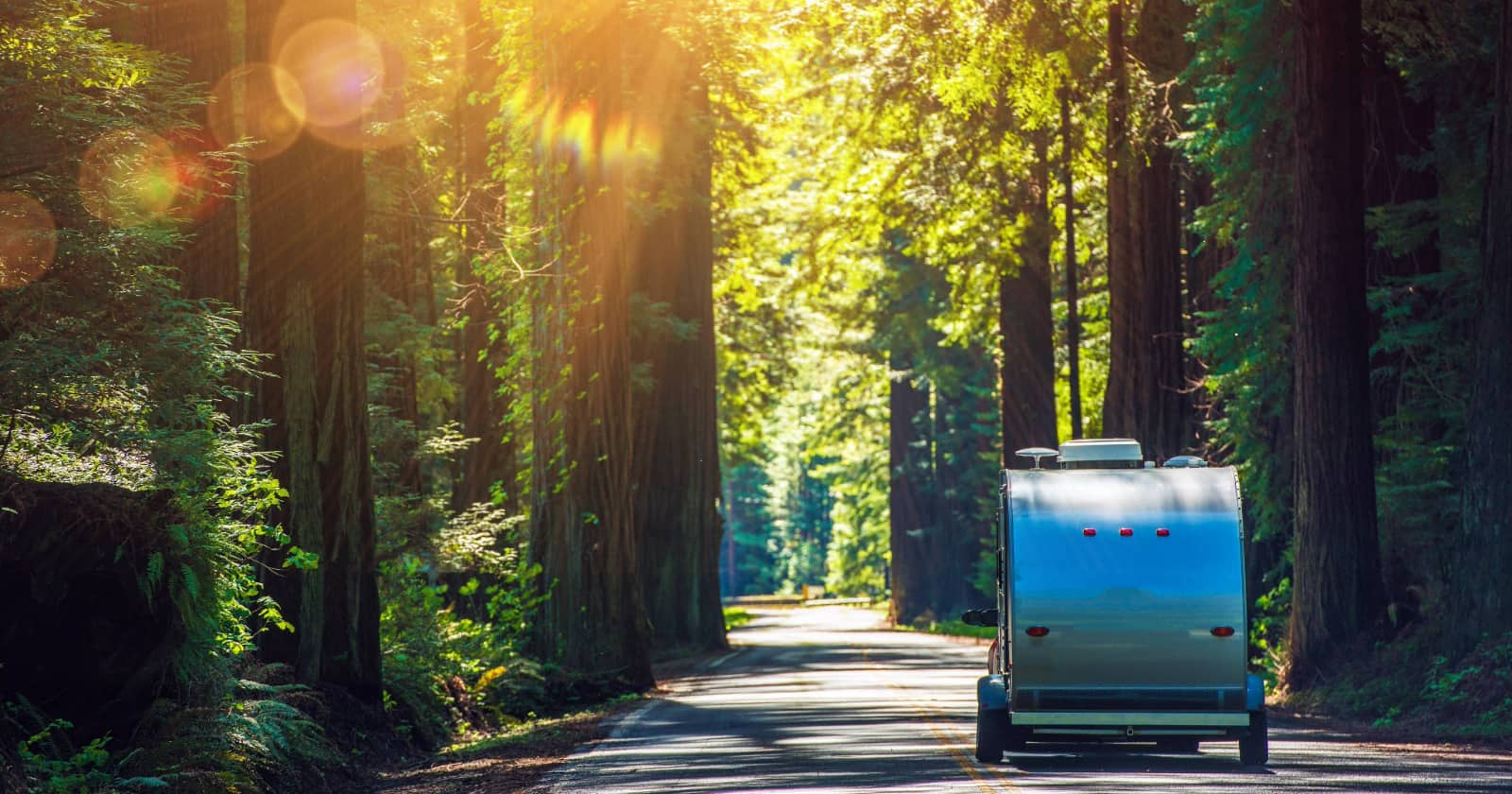A Guide To Cleaning Your RV Water System
RV water systems are great because they allow you to cook, clean, and shower no matter where you travel. But unfortunately, these systems are not infallible. They can get dirty and clogged just like any other plumbing setup, so it’s important to know how to clean your RV water system.
There are several reasons why you might need to flush out/sanitize your RV water system. Physical blockages will make it hard for water to flow, so these need to be removed as soon as possible. In other case, you might need to remove antifreeze after taking your RV out of storage. And sometimes you just need to clean everything out if the water has started to taste or smell weird.
Fortunately, it’s not too hard to deal with this aspect of RV maintenance. There are a few different tactics you can use, depending on what the problem is. With a bit of time and a good cleaning solution, your water lines will be good as new! Follow along with the guide below to learn how to properly address all your RV water system issues.
Removing physical Blockages in an RV water line
Before we talk about how to clean water lines, let’s quickly cover the issue of physical blockages. These aren’t super common in RVs, but they can still occur (especially if you have small pipes). If you’re not careful, hair, food scraps, grease, and soap scum can slowly build up within the pipes. Signs of a physical blockage include low water pressure, slow draining, visible obstructions near the faucet, and occasionally bad odors.
Before you try anything else, pour a gallon or two of boiling water down the drain. The heat and extra lubrication are often effective ways to dislodge stubborn clogs. If this doesn’t work, you’ll need to move on to more forceful methods.
Although there are chemical treatments you can use to soften up these clogs, you usually need to use a physical tool like a drain snake/auger. This tool threads through the water lines and pushes the clog into the water tank. It won’t clean or sanitize your RV water lines, but it will be able to remove anything that’s blocking the water flow.
Make sure you remove any physical blockages in your pipes before you proceed with your cleaning tactic of choice.
How to clean with water and bleach
There are a few tactics you can use when it comes to cleaning your RV water lines. One of the most common and effective strategies includes a mixture of fresh water and bleach.
You can use this solution for a variety of reasons, but many people use it when they need to dewinterize their RV. Antifreeze residue in the water lines can be hard to remove, so you need a strong cleaning agent to get the job done. If you want to sanitize your plumbing system, this is a great route to take!
To begin, you’ll need to drain all the current water that’s still in your RV. Run your faucets until they’re empty, then drain the fresh water tank. Don’t forget to empty the water heater as well! If your RV has separate drains for hot and cold water, make sure you open everything up so there’s no water left in the pipes. You can even flush the toilets a few times for good measure.
Next up, prepare your solution of bleach and water. Bleach is very powerful, and it can damage your RV if you’re not careful. You just need a tiny amount to clean out your water lines, so don’t go overboard and think you’ll get better performance if you add more bleach.
You only need about 1 oz of bleach for every 8 gallons of water (source). Create an appropriate mixture for the size of your fresh water tank. For instance, if you have a 60 gallon fresh water tank, you’ll need about 1 cup of bleach for the whole thing. Add the bleach to the water ahead of time so that pure bleach never comes into direct contact with any part of your RV.
Close up the fresh water tank, and turn on the various faucets and taps throughout your RV. Run them until you smell bleach, then shut everything off. By this point, your water lines will be filled with the bleach and water mixture. Leave the water off and let the RV sit for at least 12 hours.
After the waiting period is up, it’s time to get rid of the bleach in the system. Once again, turn on every faucet until all the water runs out. Empty the holding tanks and fill everything up with fresh water. You’ll want to repeat the flushing process one more time just so you can remove any lingering traces of bleach that might be lingering in the pipes.
Once that’s all done, you can top off with fresh water again and enjoy your freshly cleaned water lines!
How to clean with an air compressor
The method listed above is ideal for dewinterizing an RV or removing any contamination that might be building up within the pipes. But sometimes you need to clean RV water lines by removing water altogether!
For instance, if you’re preparing to store your RV for the winter, you’ll need to ensure that your plumbing system is clean and dry so that nothing freezes or bursts during the cold seasons.
In this situation, you’ll want to use air to clean your water lines instead of water. The process begins in the same way as the method above. Check for physical blockages before you begin.
Then you’ll want to run all your faucets until they’re dry and drain your holding tanks and water heater. Just be sure to disconnect your water heater’s gas and electricity before you drain it. Everything needs to be cool and settled so you don’t burn yourself or your equipment.
Next, you need to locate your RV’s water inlet and attach a blowout plug. This helps to direct the flow of air and will prevent damage in the water lines.
Now you just need to grab your air compressor and hook it up to the blowout plug. There are lots of air compressors that will get the job done, but the Viair 400P – 40047 Portable Compressor Kit is a great option for RVers. If you use too much air pressure, you can damage your pipes and cause more harm than good. For the best results, set the air compressor PSI between 30-40.
Make sure everything is securely fastened and tightened to prevent any leaks. Now you can start blowing out the water lines. Move through your water lines one at a time, keeping the valves secure on the ones you’re not blowing out.
Make sure you clear out the hot and cold water lines separately so you don’t miss anything. Double check the layout of each pipe before you turn on the air compressor. You don’t want to force air through a pipe that’s been blocked off!
Once you’ve successfully aired out each of the RV water lines, close off the valves and disconnect the air compressor. Now you’re ready to seal up your RV for storage without worrying about stagnant water in the pipes. You can add antifreeze to the system if you’re worried about freezing temperatures, but it’s always a good idea to flush out the water lines first.
Track your RV maintenance
Make sure you keep track of all your RV maintenance and repairs with an online tool such as RV LIFE Maintenance. Not only can you keep all of your documents in one place, but you’ll also receive timely reminders when maintenance is due to help you avoid costly repairs and potentially serious accidents.
Related articles:




Lesson learned on 1 year old RV. If you have a dealer winterize your RV, don’t assume you can just use the mfg. checklist to dewinterize the water system. Our recommended service dealer didn’t use the mfg-supplied winterization hose and left the waterline disconnected at the pump, so that when we filled the water tank to clean/sanitize, water poured into the RV. Dealer also hadn’t shut off valves to water heater. Important to examine the entire water system before de-winterizing.
Should make the distinction between drain lines and freshwater piping and tank
Using air pressure is NOT CLEANING anything. It’s fine for winterizing.
Only bleach or similar chemical will kill bacteria and viruses, the stuff that grows! Even those won’t remove dirt or rust that may get into your system. Hopefully they will flush out but you still need to clear the faucet and water pump screens.
It’s a good idle to have a water softner, with a fillter system.